Apples are some of the most delicious types of fall produce, but they’re also packed with vitamins and nutrients that do your body some good. If you needed another reason to justify that second (or third) piece of apple pie, you’ll love this list of the many health benefits of apples.
- Cardiovascular health. The beneficial phytonutrients found in apples function as antioxidants and decrease the oxidation of cell membranes in the cardiovascular system. Quercetin, which is found mainly in the apple’s skin, is its main phytonutrient, but apples also contain chlorogenic acid, kaempferol and myricetin.
- Blood sugar regulation. The polyphenols in apples are also thought to help regulate blood sugar because they influence digestion and absorption of carbohydrates, reduce glucose absorption and stimulate the pancreas to produce more insulin.
- Cancer prevention. Amazingly, apples have also been shown to prevent several types of cancers. They are even the only fruit or vegetable that’s been shown to prevent lung cancer.
- Asthma treatment. If you suffer from asthma, you may want to reach for an apple before your inhaler from now on. Apples contain a number of antioxidants and anti-inflammatory nutrients that work wonders on human lungs and have even been shown to decrease asthma symptoms.
What's New and Beneficial About Apples [The World’s Healthiest Foods]
5 Health Benefits of an Apple [Eating Well]
10 Reasons to Eat an Apple a Day [Care2]
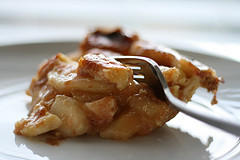
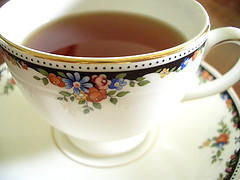
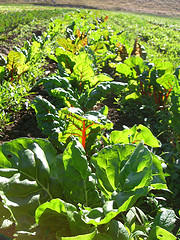
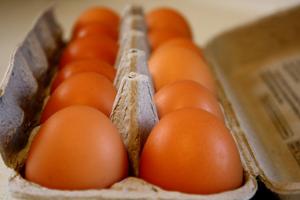
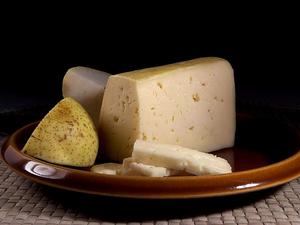
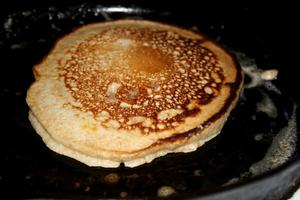
 Equal Housing Opportunity
Equal Housing Opportunity